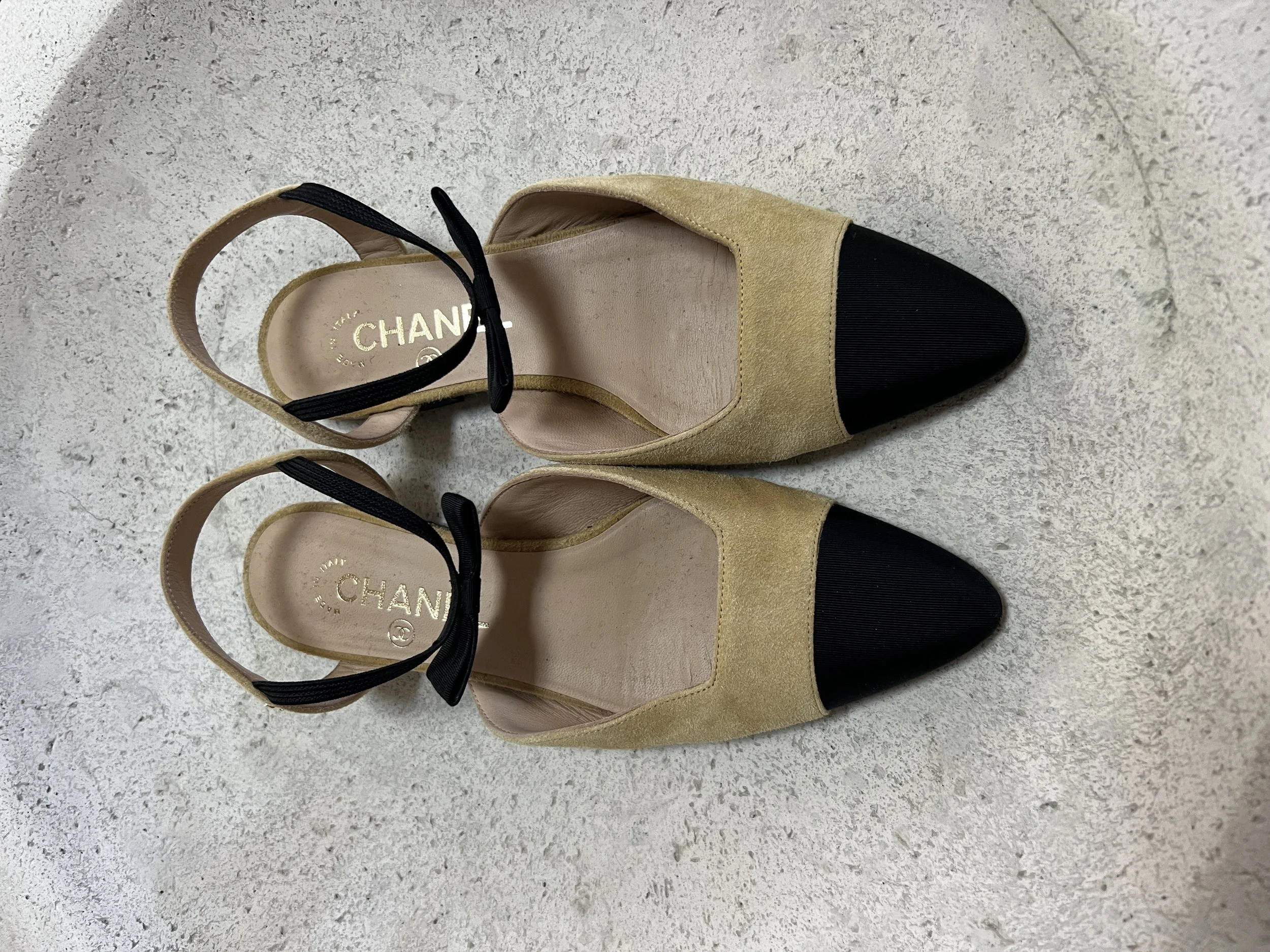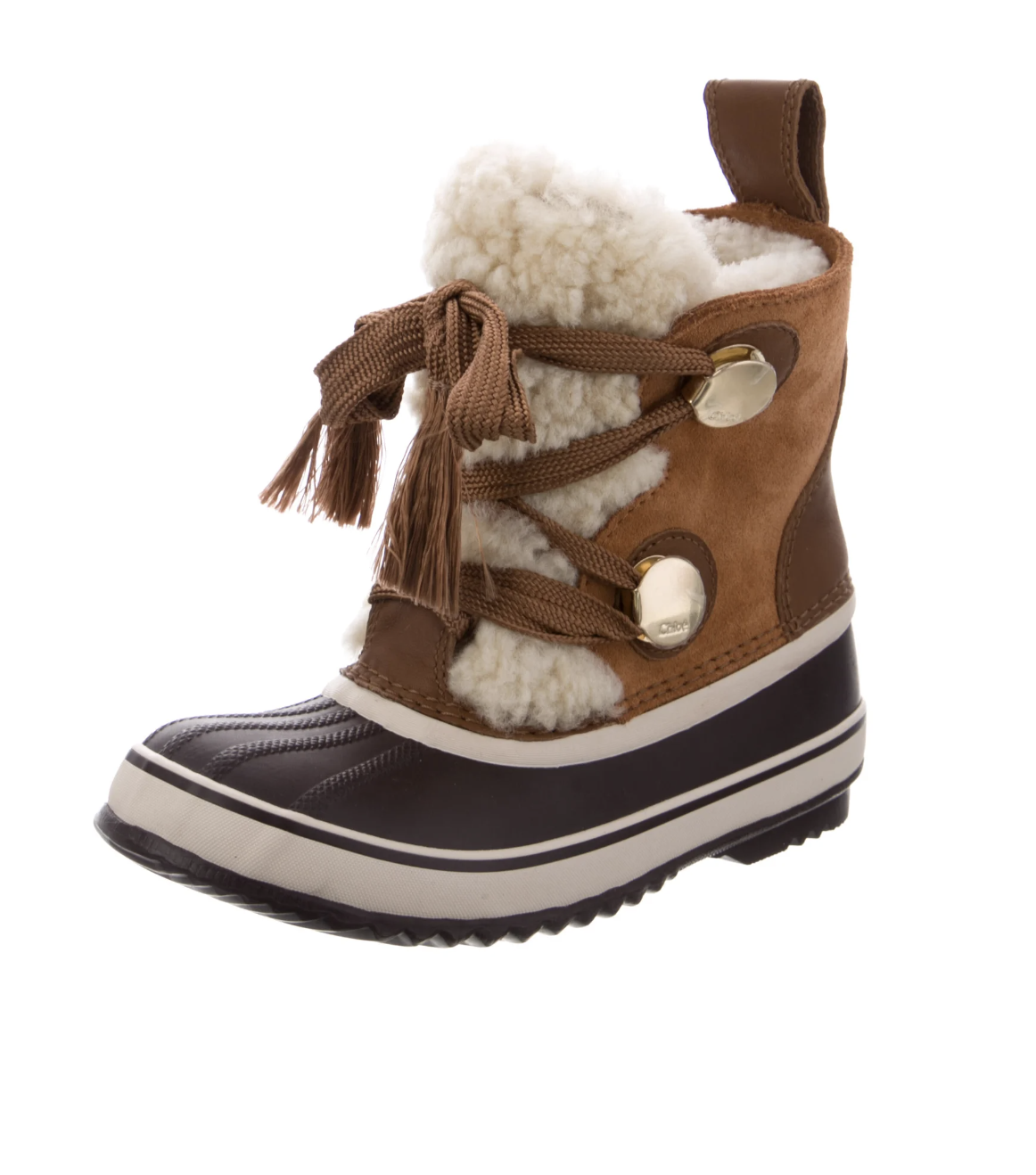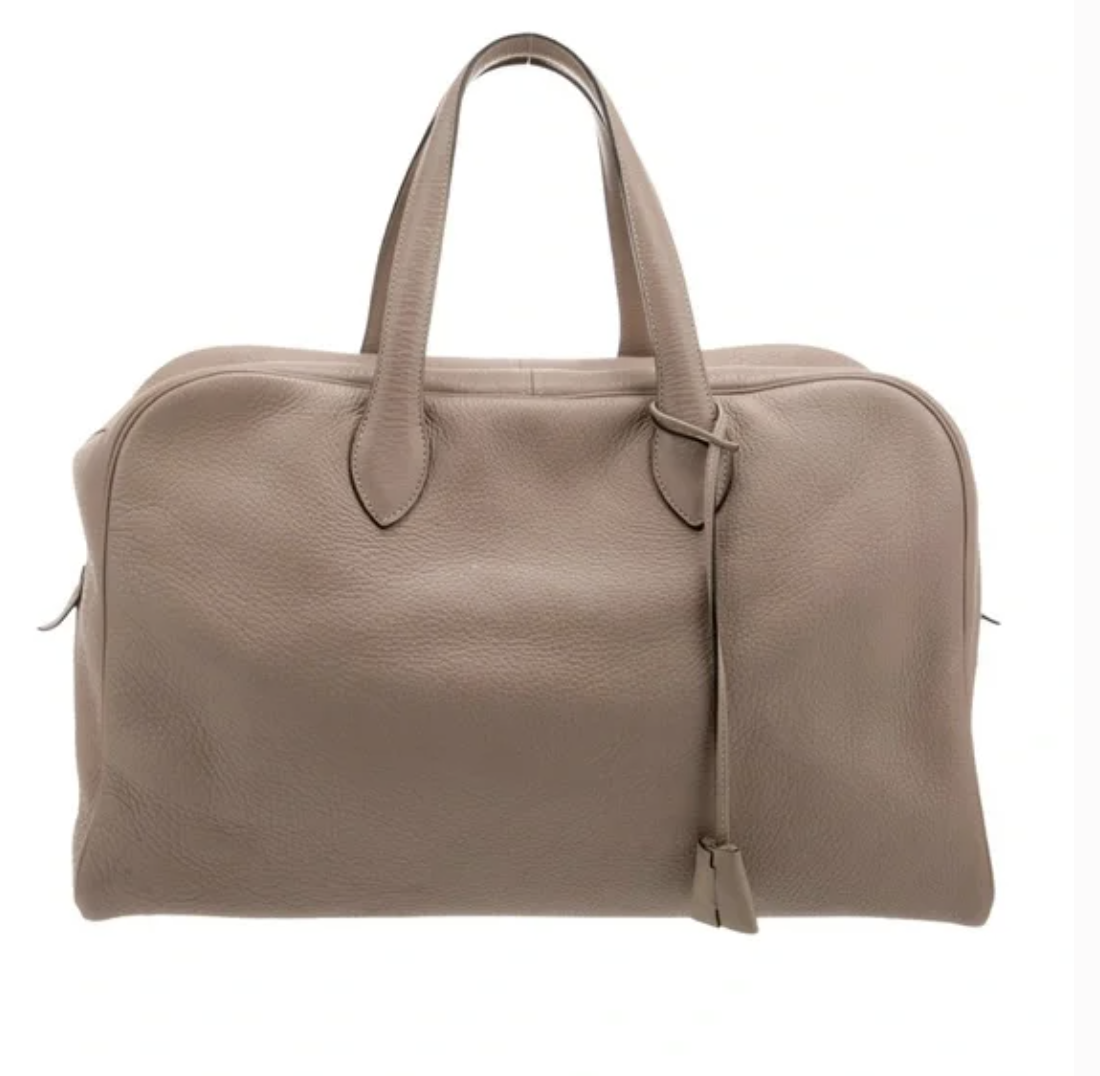
Throughout history, ladies' hats have played a significant role in fashion and societal norms. Dating back to the Middle Ages, women adorned their heads with veils, hoods, and wimples as a sign of modesty and social status. The Renaissance period brought about more elaborate headwear, with decorative caps and turbans becoming fashionable among the European nobility.
By the 18th century, women's hats evolved into extravagant pieces adorned with feathers, ribbons, and even taxidermy birds. This era also saw the introduction of wide-brimmed hats that were adorned with lavish trimmings to signify wealth and status.
During the 19th and early 20th centuries, hats became even more elaborate, with the invention of the sewing machine enabling mass production and making hats more accessible to women of various social classes. The late 19th century saw the popularity of large, elaborate hats decorated with flowers, ribbons, and even whole taxidermy animals.
The early 20th century was considered the golden age of hats, with iconic styles such as the cloche, picture hat, and fascinator gaining popularity. Designers like Coco Chanel and Elsa Schiaparelli revolutionized hat fashion by introducing simpler, more streamlined designs that reflected the changing roles of women in society.
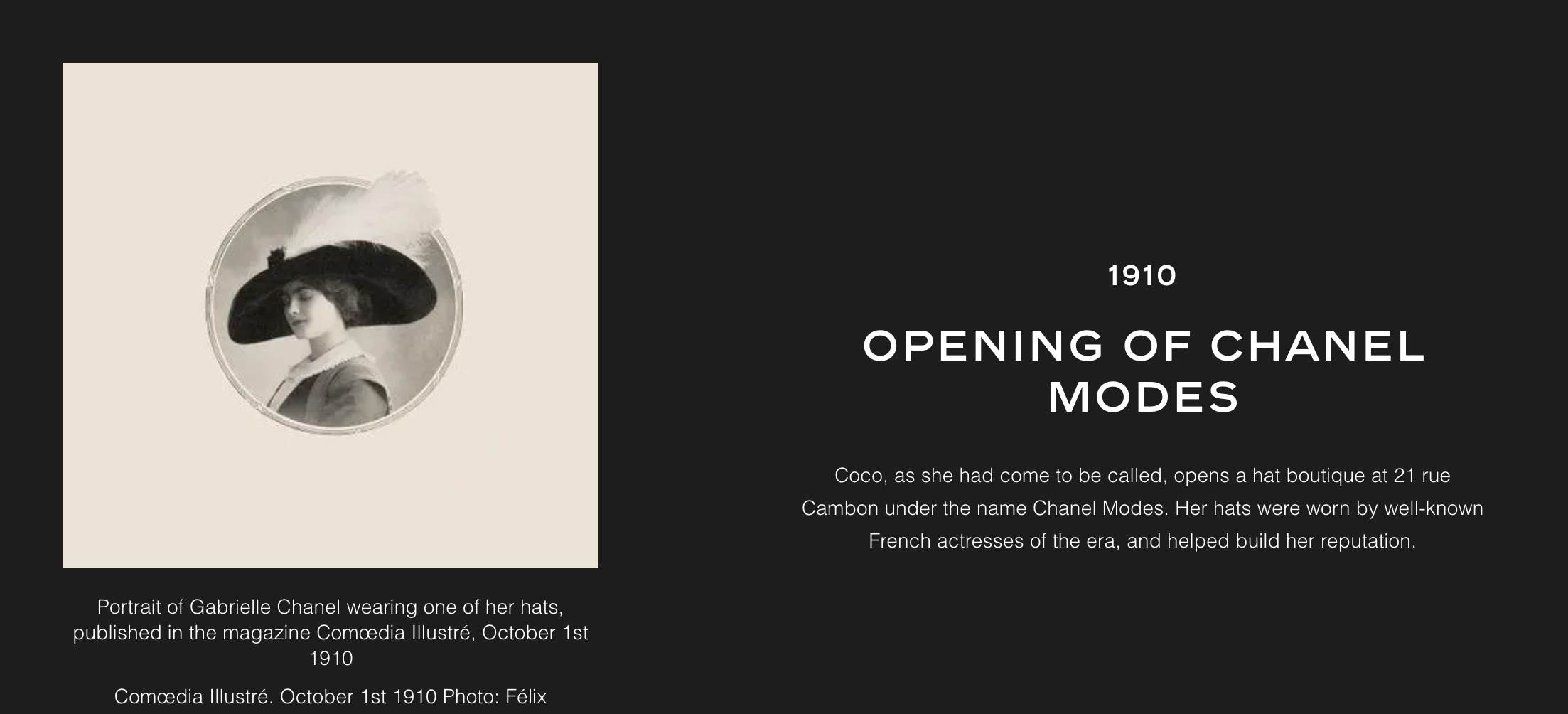
After World War II, hats began to decline in popularity as hairstyles became more prominent. However, hats continued to be worn for special occasions such as weddings, horse races, and formal events.
Today, hats are making a comeback as a fashionable accessory, with modern milliners creating innovative designs that blend traditional craftsmanship with contemporary styles. From wide-brimmed sun hats to chic fedoras, ladies' hats continue to be a versatile and timeless fashion statement.
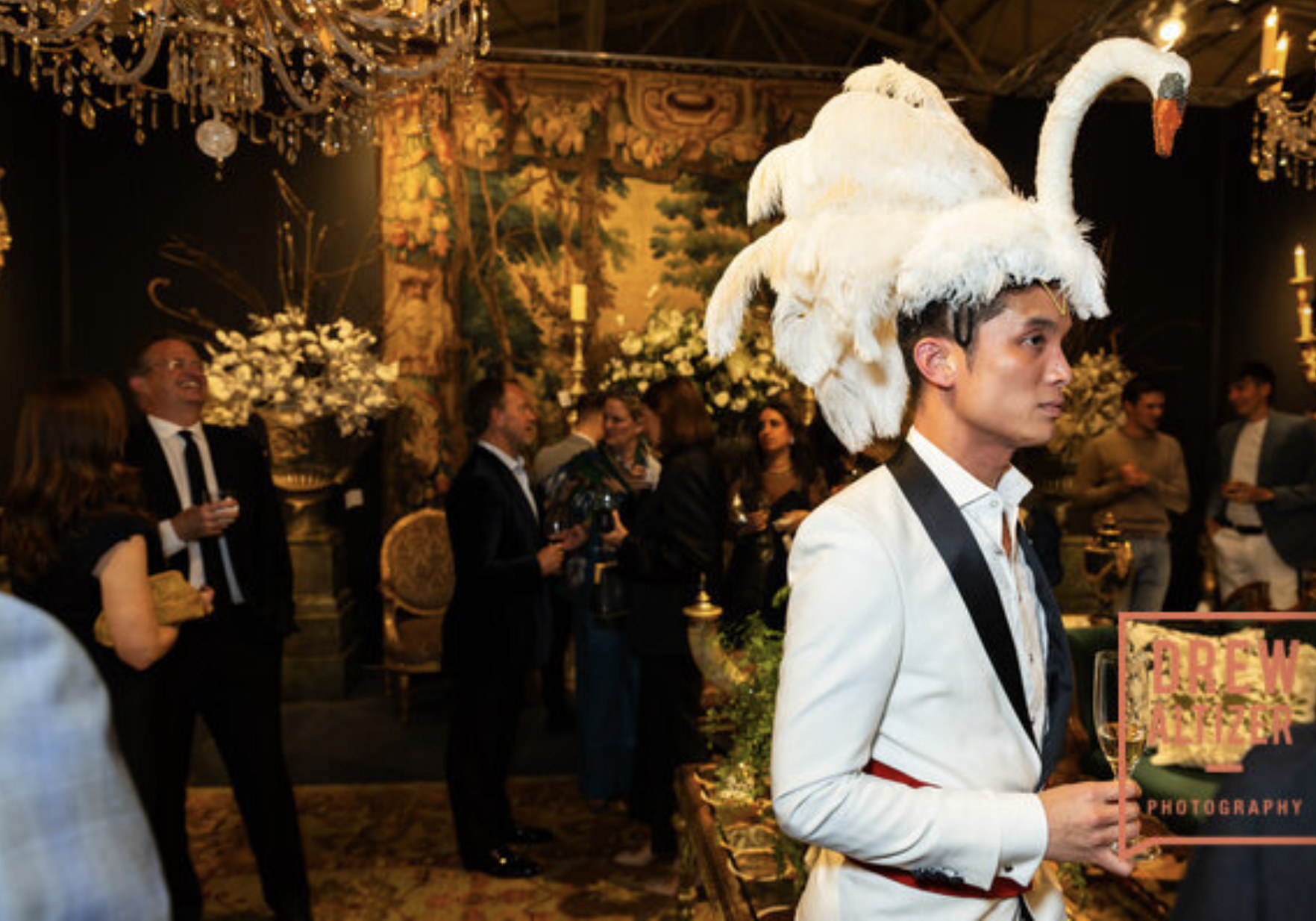
Assemblage art is often noted for its ability to convey deeper meanings through the juxtaposition of everyday objects, inviting viewers to contemplate themes such as time, memory, impermanence, or environmental concerns. Our latest featured artist is the talented Dutch painter, Josephien Verbis
Size: 5cm ( oversized look)
Condition: New
The Row - The Row's inimitable refinement is expressed by these pared-back beige Tango sandals. They're crafted in Italy with a retro-inflected cut-out toe and feature slender cross-over ankle straps that heighten the feminine mood. Wear them beneath muted tailoring for a polished appearance.
DESCRIPTION
The Row Leather Sandals
Neutrals
Stiletto Heels with Platform
Crossover Straps & Buckle Closure at Sides
Includes Box & Dust Bag
DETAILS
Estimated item measurements
Heels: 4"
Condition: Pre-loved, good condition.
SAINT LAURENT Kayla 110 Heels - sold out everywhere.
Size: 36.5
Condition: Pristine. No scuff or scratches
Nappa leather upper and sole
Made in Italy
Leather lining
Pointed toe with stiletto heel
Approx 110mm/ 4.3 inch heel
Chanel Suede Slingback Flats
From the 2020 Collection by Virginie Viard
Black & Neutrals
Interlocking CC Logo
Grosgrain & Bow Accents
Semi-Pointed Toes
Elasticized Straps
This style typically runs narrow and a half size to a full size small
Condition: Good
This sleek and simple handbag is constructed toile fabric with brown leather details. Perfect for all occasions. Comes with pouch and lock.
Palladium-Plated Hardware
Leather Trim
Flat Handle & Single Shoulder Strap
Leather Trim Embellishment & Single Exterior Pocket
Canvas Lining
Dimensions: 31 x 25 x 10 cm
Strap lenght: 100 cm tot
Item condition: Excellent
Celine by Phoebe Philo Beige square Toe flare mule.
Fall 2018 Collection
Size 35.5
Material suede
Color Beige
Condition Good
Hermès Leather Mules
Black color
Shearling Trim
Round-Toes with Studded Accents
Platform
DESCRIPTION
Kalmanovich A-Line Dress
Black
Three-Quarter Sleeve with V-Neck
Exposed Zip Closure at Back
Bust: 28"
Waist: 30"
Hip: 40.5"
Length: 46"
Fabric: feels like cotton, polyester and nylon
CONDITION: LIKE NEW. No tags
DESCRIPTION
STAND STUDIO Tote
Neutrals
Faux Fur Lining & Single Interior Pocket
Fold-In Flap Closure at Top
DETAILS
Estimated item measurements
Shoulder Strap Drop: 9.5"
Height: 16"
Width: 18"
Depth: 7.5"
DESCRIPTION
SOREL x Chloé Leather Ankle Lace-Up Boots
Brown
Colorblock Pattern
Shearling Trim
Round-Toes
Platform
Lace-Up Closure at Uppers
DETAILS
Size Guide
Estimated item measurements
Shaft: 6.5"
Heels: 1.25"
Platforms: 1"
DESCRIPTION
Swarovski crystals
Prada d'Orsay Pumps D'Orsay Pumps
From the 2019 Collection
Black
Printed
Peep-Toes with Crystal Embellishments
Block Heels
Wrap-Around Straps & Buckle Closure at Ankles
Designer Fit: Pumps by Prada typically run a half size small.
DETAILS
Size Guide
Estimated item measurements
Heels: 4.25"
Hermès Weekender Bag. Good condition. Not too visible mark at top. Vintage Gris Tourterelle Clemence Leather Palladium-Plated Hardware Flat Handles Twill Lining Zip Closure at Top Protective Feet at Base Includes Lock, Keys & Clochette Handle Drop: 7.5" Height: 10.75" Width: 16.75" Depth: 8" Color: Grey Hardware: Palladium-Plated
A regular at the Venice International Film Festival where she is presenting the film “Broken English” directed by Jane Pollard and Iain Forsyth and in which she plays a leading role, actor Tilda Swinton navigates Venice’s streets with effortless expertise, wearing CHANEL.
Ultimately, Jeff Bezos’ Venice wedding stands as a symbol of the tension between wealth, public sentiment, and societal responsibility. It simultaneously demonstrates the economic impact of celebrity events while spotlighting growing inequality and the questions surrounding true intentions behind such grand spectacles. Hope Jeff got the pre-nup in place.
Known for his signature lace-up leather brief, the former Balmain embellishment expert launched his label in 2017 and has captured industry attention for his exploration of sex and sexuality through clothing.








